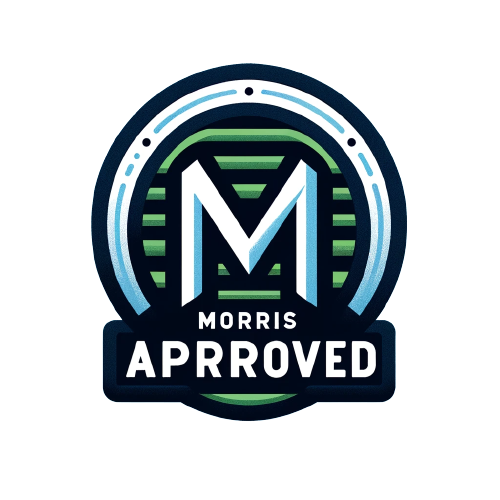In the fast-paced world of product development, ensuring that your product meets quality standards, complies with regulations, and satisfies customer expectations is crucial for success. Product testing and analysis stand at the heart of these efforts, offering a systematic approach to evaluating your product’s performance, safety, and market readiness. This blog post aims to shed light on the importance of product testing and analysis, providing you with the knowledge and tools to navigate this critical process effectively.
The Importance of Product Testing and Analysis
Product testing and analysis are not mere steps in the product development process; they are essential practices that validate the integrity, safety, and functionality of your product. Through a series of structured tests and evaluations, you can identify potential issues, assess compliance with industry standards, and gauge consumer reaction before a full market launch. This proactive approach not only mitigates risks but also enhances product quality, solidifying your brand’s reputation and trustworthiness in the market.
Types of Product Testing
- Functional Testing: Evaluates the product’s operational performance against the intended design and specifications.
- Safety Testing: Ensures the product meets legal safety standards, preventing harm to users.
- Usability Testing: Assesses how user-friendly and intuitive the product is for its intended audience.
- Durability Testing: Examines how well the product withstands stress, wear, and environmental conditions over time.
The Role of Analysis in Product Development
Analysis in product testing involves a detailed examination of test results to identify trends, discrepancies, and areas for improvement. It provides actionable insights that guide modifications and enhancements, ensuring the product not only meets but exceeds market and consumer expectations. This stage is critical for refining product features, addressing potential market concerns, and making informed decisions about product viability and scaling.
Implementing Effective Product Testing and Analysis Strategies
To navigate the complexities of product testing and analysis, a strategic approach is essential. Here are some practical tips to guide you:
- Define Clear Testing Objectives: Start with specific, measurable goals for what you want to achieve with your testing.
- Select Appropriate Testing Methods: Choose methods that align with your product type, industry standards, and testing objectives.
- Engage Your Target Audience: Incorporate user feedback early and throughout the testing process for real-world insights.
- Leverage Technology and Expertise: Utilize advanced testing tools and seek expertise from professionals in your industry to enhance accuracy and efficiency.
- Iterate Based on Analysis: Use the insights gained from analysis to make iterative improvements, ensuring your product evolves in response to tangible data.
Overcoming Common Challenges
Product testing and analysis can present various challenges, including resource constraints, technological limitations, and market dynamics. Overcoming these hurdles requires flexibility in your approach, willingness to adapt, and openness to innovation. Emphasize collaboration across teams, invest in training and technology, and stay abreast of industry trends to navigate these challenges successfully.
Conclusion
In the journey from concept to market, product testing and analysis are invaluable allies. By embracing these practices, you ensure your product stands on a foundation of quality, safety, and consumer satisfaction. Remember, the goal of product testing and analysis is not simply to tick boxes but to foster a culture of excellence and continuous improvement within your organization.
As you embark on this path, let the principles and strategies outlined in this post guide your efforts. With a thorough understanding of product testing and analysis, you’re well-equipped to make informed decisions, adapt to market demands, and ultimately, launch a product that resonates with your audience and stands the test of time.
FAQ About Product Testing and Analysis
Q: How often should product testing and analysis be conducted?
A: Product testing and analysis should be an ongoing process throughout the product lifecycle.
- Initially, tests are conducted during the development phase to ensure the product design meets the required specifications and standards.
- Once the product is launched, periodic testing is crucial to maintain quality, especially if there are changes in manufacturing processes, materials, or if the product is being introduced to new markets.
- Continuous feedback from users should also inform regular updates and improvements, necessitating further testing and analysis.
This iterative approach ensures the product remains competitive, safe, and compliant with all relevant standards and regulations.

